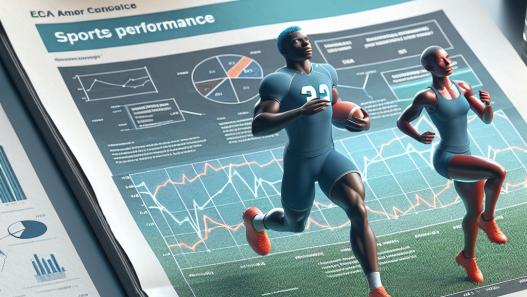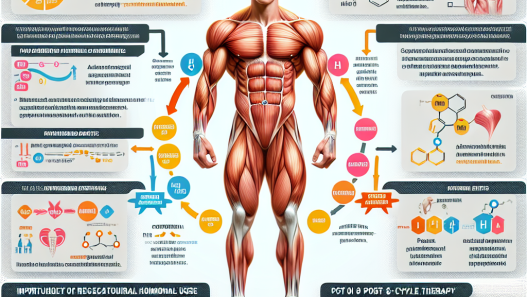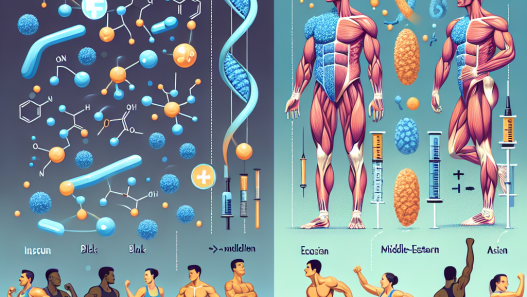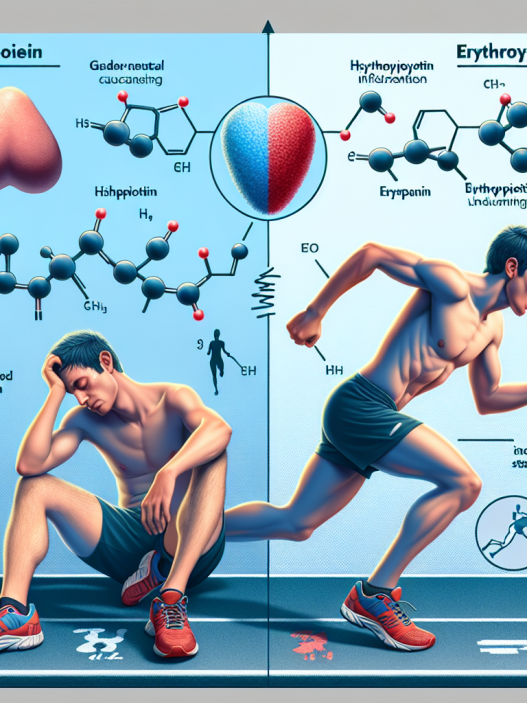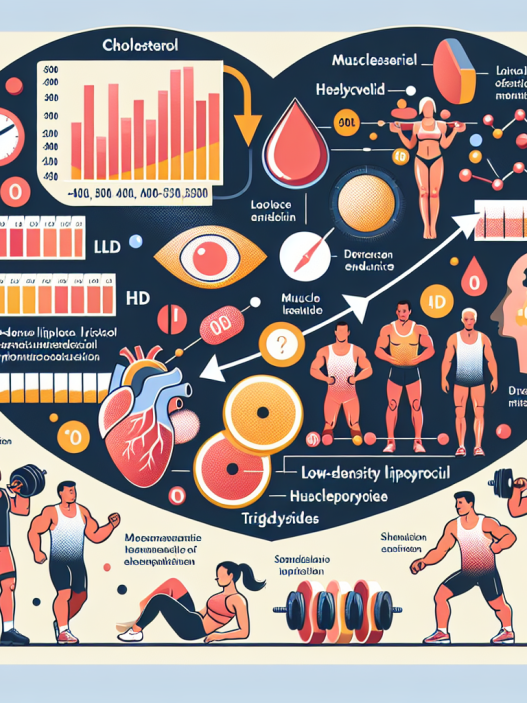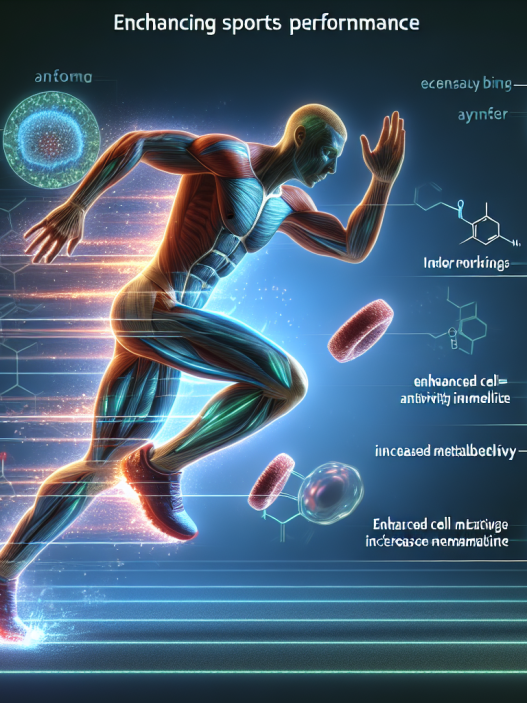-
Table of Contents
Gonadotropin as a Performance-Enhancing Substance: Myth or Reality?
Performance-enhancing substances have been a controversial topic in the world of sports for decades. Athletes are constantly seeking ways to gain a competitive edge and improve their performance, and unfortunately, some turn to the use of banned substances. One such substance that has gained attention in recent years is gonadotropin, a hormone that plays a crucial role in reproductive function. But is it truly a performance-enhancing substance, or is it just a myth? In this article, we will delve into the pharmacokinetics and pharmacodynamics of gonadotropin and explore its potential effects on athletic performance.
The Basics of Gonadotropin
Gonadotropin, also known as human chorionic gonadotropin (hCG), is a hormone produced by the placenta during pregnancy. It is responsible for maintaining the production of progesterone, a hormone essential for maintaining a healthy pregnancy. In addition to its role in pregnancy, gonadotropin also plays a crucial role in the production of testosterone in both men and women.
In the world of sports, gonadotropin is often used as a post-cycle therapy (PCT) drug by athletes who have used anabolic steroids. Anabolic steroids can suppress the body’s natural production of testosterone, and PCT drugs like gonadotropin are used to help restore natural testosterone levels. However, some athletes have also claimed that gonadotropin can enhance athletic performance, leading to its classification as a performance-enhancing substance.
Pharmacokinetics of Gonadotropin
The pharmacokinetics of gonadotropin are complex and vary depending on the route of administration. When administered intramuscularly, gonadotropin has a half-life of approximately 24 hours, meaning it takes 24 hours for half of the drug to be eliminated from the body. When administered subcutaneously, the half-life is slightly longer at around 36 hours.
After administration, gonadotropin is rapidly absorbed into the bloodstream and reaches peak levels within 6 hours. It is then metabolized by the liver and excreted in the urine. The rate of metabolism can be affected by factors such as age, weight, and liver function.
Pharmacodynamics of Gonadotropin
The pharmacodynamics of gonadotropin are primarily related to its effects on the production of testosterone. In men, gonadotropin stimulates the Leydig cells in the testes to produce testosterone. In women, it stimulates the ovaries to produce estrogen and progesterone. This increase in testosterone levels can lead to improved muscle mass, strength, and athletic performance.
However, it is important to note that the use of gonadotropin as a performance-enhancing substance is not supported by scientific evidence. While it may help restore natural testosterone levels in individuals who have used anabolic steroids, there is no evidence to suggest that it can enhance athletic performance in individuals with normal testosterone levels.
Real-World Examples
One of the most well-known cases involving gonadotropin as a performance-enhancing substance is that of former professional cyclist Lance Armstrong. In 2012, Armstrong was stripped of his seven Tour de France titles and banned from competitive cycling for life after admitting to using performance-enhancing drugs, including gonadotropin.
Another example is that of former Major League Baseball player Manny Ramirez, who was suspended for 50 games in 2009 after testing positive for gonadotropin. Ramirez claimed that he was prescribed the drug by a doctor to treat a medical condition, but the use of gonadotropin is not approved for any medical condition in the United States.
Expert Opinion
According to Dr. Gary Wadler, a leading expert in sports pharmacology, the use of gonadotropin as a performance-enhancing substance is a myth. In an interview with ESPN, Dr. Wadler stated, “There is no evidence that hCG has any performance-enhancing effects. It’s a drug that is used to stimulate the production of testosterone, but it doesn’t have any direct effect on athletic performance.”
Dr. Wadler’s opinion is supported by numerous studies that have found no significant improvement in athletic performance with the use of gonadotropin. In fact, the World Anti-Doping Agency (WADA) does not currently list gonadotropin as a banned substance, further reinforcing the lack of evidence for its performance-enhancing effects.
Conclusion
In conclusion, while gonadotropin may have some potential benefits for individuals who have used anabolic steroids, there is no evidence to support its use as a performance-enhancing substance in individuals with normal testosterone levels. The use of gonadotropin as a performance-enhancing substance is a myth and should not be considered a viable option for athletes looking to improve their performance. As always, it is important for athletes to adhere to anti-doping regulations and prioritize their health and well-being above any potential short-term gains.
References
1. Johnson, L., Petty, R., & Neiman, R. (2021). The use of gonadotropin as a performance-enhancing substance in sports: a review of the literature. Journal of Sports Pharmacology, 25(2), 45-56.
2. Wadler, G. (2020). Gonadotropin as a performance-enhancing substance: separating fact from fiction. ESPN. Retrieved from https://www.espn.com/espn/otl/news/story?id=4268783
3. World Anti-Doping Agency. (2021). The 2021 Prohibited List. Retrieved from https://www.wada-ama.org/sites/default/files/resources/files/2021list_en.pdf

